Homo sapiens reached the higher latitudes of Europe by 45,000 years ago
- PMID: 38297117
- PMCID: PMC10849966
- DOI: 10.1038/s41586-023-06923-7
Homo sapiens reached the higher latitudes of Europe by 45,000 years ago
Abstract
The Middle to Upper Palaeolithic transition in Europe is associated with the regional disappearance of Neanderthals and the spread of Homo sapiens. Late Neanderthals persisted in western Europe several millennia after the occurrence of H. sapiens in eastern Europe1. Local hybridization between the two groups occurred2, but not on all occasions3. Archaeological evidence also indicates the presence of several technocomplexes during this transition, complicating our understanding and the association of behavioural adaptations with specific hominin groups4. One such technocomplex for which the makers are unknown is the Lincombian-Ranisian-Jerzmanowician (LRJ), which has been described in northwestern and central Europe5-8. Here we present the morphological and proteomic taxonomic identification, mitochondrial DNA analysis and direct radiocarbon dating of human remains directly associated with an LRJ assemblage at the site Ilsenhöhle in Ranis (Germany). These human remains are among the earliest directly dated Upper Palaeolithic H. sapiens remains in Eurasia. We show that early H. sapiens associated with the LRJ were present in central and northwestern Europe long before the extinction of late Neanderthals in southwestern Europe. Our results strengthen the notion of a patchwork of distinct human populations and technocomplexes present in Europe during this transitional period.
© 2024. The Author(s).
Conflict of interest statement
The authors declare no competing interests.
Figures

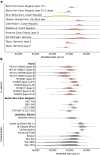
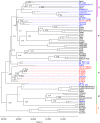
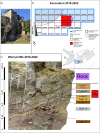

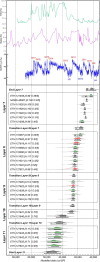
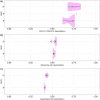

References
-
- Jöris O, Neruda P, Wiśniewski A, Weiss M. The Late and Final Middle Palaeolithic of central Europe and its contributions to the formation of the regional Upper Palaeolithic: a review and a synthesis. J. Paleolit. Archaeol. 2022;5:17. doi: 10.1007/s41982-022-00126-8. - DOI
-
- Flas D. The Middle to Upper Paleolithic transition in Northern Europe: the Lincombian-Ranisian-Jerzmanowician and the issue of acculturation of the last Neanderthals. World Archaeol. 2011;43:605–627. doi: 10.1080/00438243.2011.624725. - DOI
MeSH terms
Substances
LinkOut - more resources
Full Text Sources

